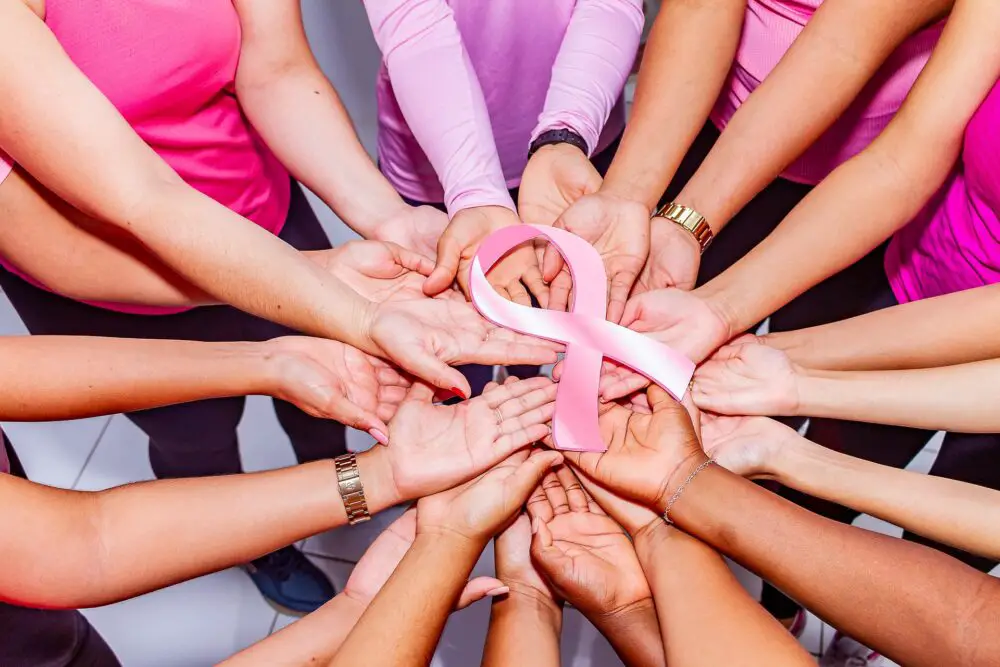Introduction: What is breast cancer?
Breast cancer is a severe form of cancer that most commonly affects women. However, its symptoms can also be seen in men, and it begins when cells multiply and invade nearby tissue. When untreated, breast cancer can spread to other body parts if not caught at a relatively early stage. The early signs of this type of cancer are usually a lump or an area that feels different from the rest of the breast.
You may also notice skin changes such as dimpling, wrinkling, peeling, redness, or thickening. A mammogram provides an x-ray of a woman’s breasts, during which she is cared for and asked to remain. This x-ray can’t tell your doctor if you have cancer, but it can find breast lumps or changes that are abnormal and make it easier to diagnose you.
Symptoms and prevention
It can happen anywhere in the breast tissue, but it often starts in the milk ducts or the lobules that produce milk. This can cause lump or thickening in the breast, pain or discharge, swelling or redness, and skin dimpling. Around this area can also be changed in the skin, such as wrinkling and scaling. This is one of the women’s most common forms of cancer and can also be a leading cause of cancer death. Women should know how to prevent this so they can save their lives.
Early detection is crucial because it could keep them. Rethinking how to mitigate risks related to breast cancer is difficult for many. Even though nearly all methods can help prevent the disease, some are better at doing so than others. Breast cancer is a severe disease, and little can be done to eliminate its risks. However, there are ways that women can lower their risk of contracting breast cancer. One strategy is to avoid over-exposure to UV light to reduce the risk of developing skin cancer. Another way is to eat foods rich in vitamin D, such as salmon and eggs, to prevent cancer:
As it turns out, exercise is a protective factor against cancer that can be as easy as just striking up a conversation with your next-door neighbor. Exercise has been shown to reduce cancer risk by up to 20%—the more vigorous your exercise routine, the more significant your risk reduction. A diet rich in vegetables, fruit, and whole grains can reduce the risk of developing cancer by up to 40%. In contrast, a diet of red meat often increases the risk of developing breast cancer by over 50%.
What causes breast cancer?
Breast cancer is one of the most common cancers in women and can be caused by many factors. Genetic background, years, and having dense breasts can increase your risk. Early menstrual periods increase your risk as well. A woman with a family history of cancer is twice as likely to develop cancer than a woman who has never been diagnosed with the disease. In addition, many risk factors can increase one’s risk of developing cancer.
There is no doubt that hereditary genetic components exist when developing various types of cancer. But you might not know that every woman with a family history of cancer also has an increased risk for any other malignancy. Cancer is a complex disease, and there are many risk factors.
How do you prevent or at least reduce the risk of developing the disease?
The risk of developing this cancer increases with age, starting around age 40. However, there are some preventive measures for breast cancer that can reduce the risk of developing it. These include things like regular exercise and a predominately plant-based diet. Take care to maintain a healthy weight throughout life. In addition, you should be active for 30 minutes or more most days of the week and limit alcohol consumption to no more than one drink per day.
This can help ensure you’re not influencing your overall health over your lifespan and reduce consumption of substance-related content in your workplace. – Eat a healthy diet that includes an adequate intake of plant foods, whole grains, and healthy fats while limiting your intake of red meat and processed meat. Scientists are still unsure of exactly what causes breast cancer. However, research has shown that the risk of developing it is related to genetics.
Breastfeeding for six months or more is linked to a reduced risk of breast cancer in women with no children or one child – women with more children do not see this change. The primary way to prevent this cancer is to do regular self-exams and have mammograms as recommended by doctors. Breast cancer is the most common cancer in women, yet many cases can be prevented by regularly doing self-exams and getting mammograms.
These are the primary methods of prevention when it comes to this disease. Self-exams are a great way to find breast cancer early. They can catch any lumps or changes in your breasts as well as detect if you have any suspicious skin, nipple, or breast tissue changes. The best time to do these self-exams is monthly, especially after your menstrual cycle.

